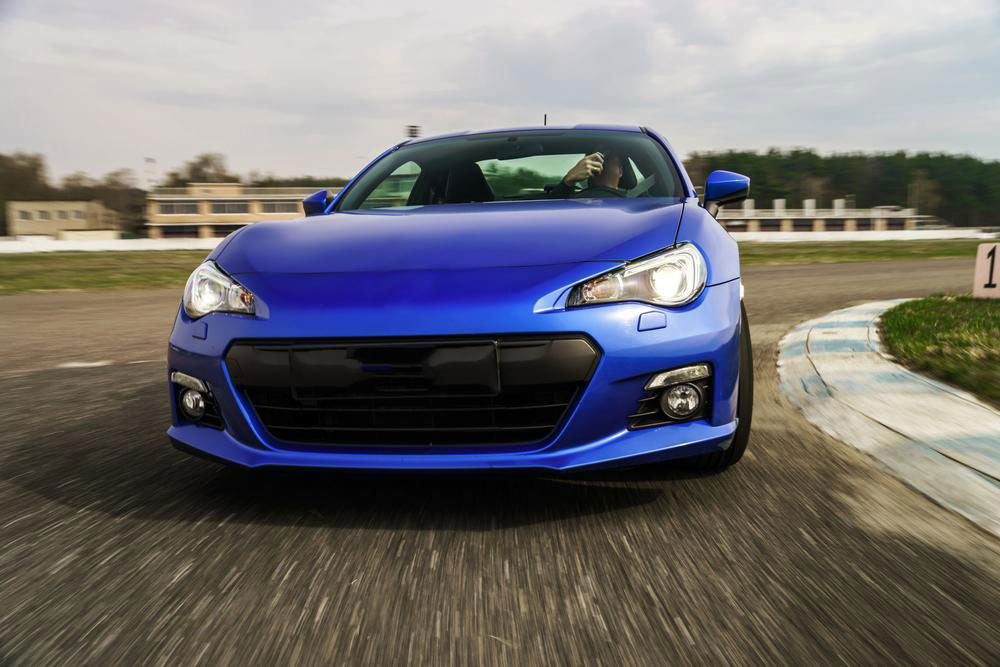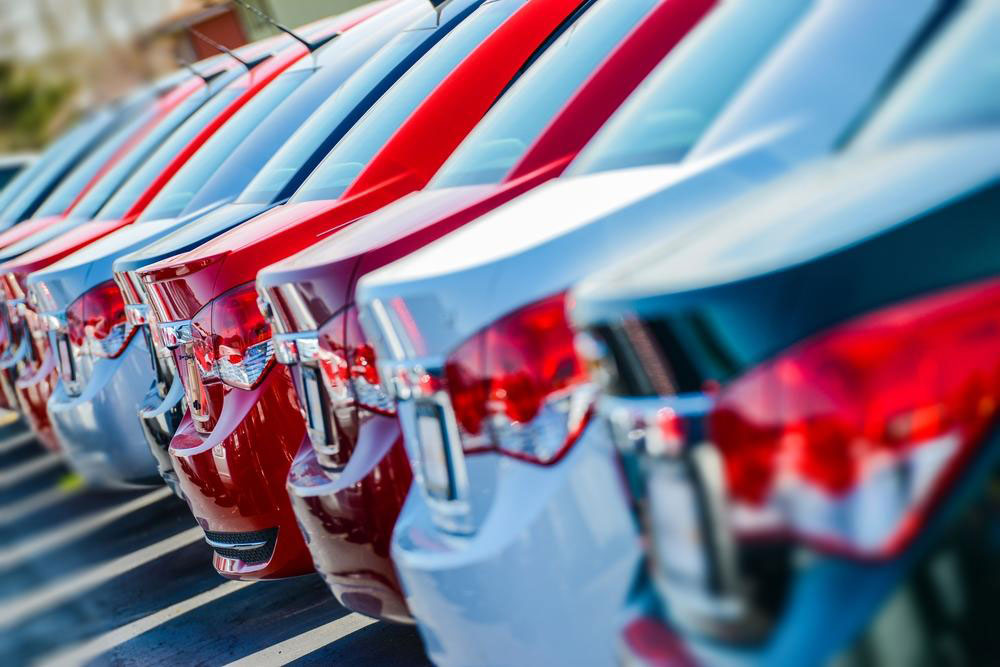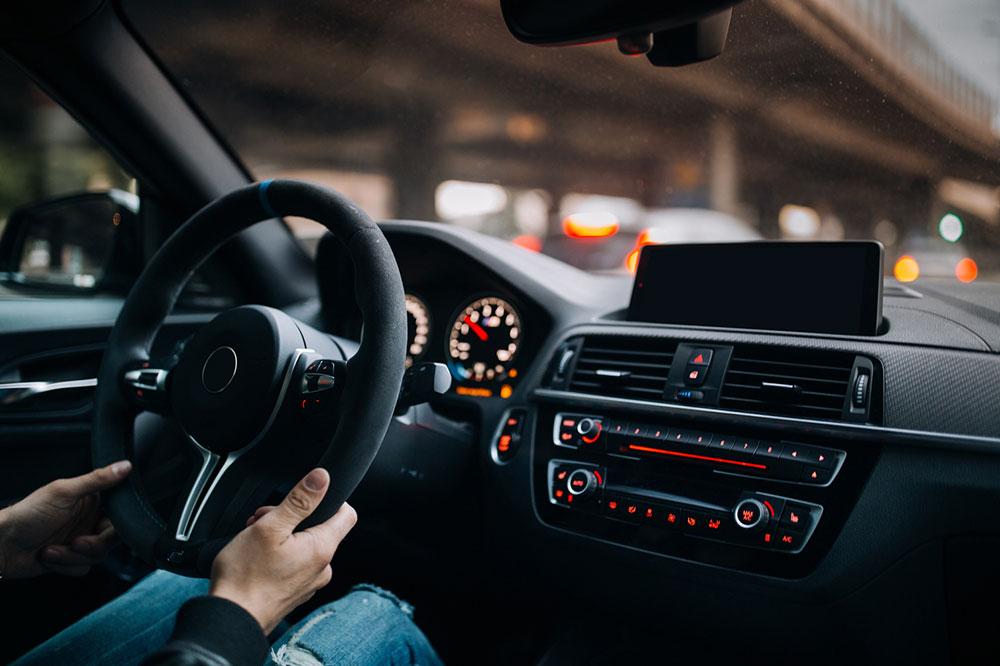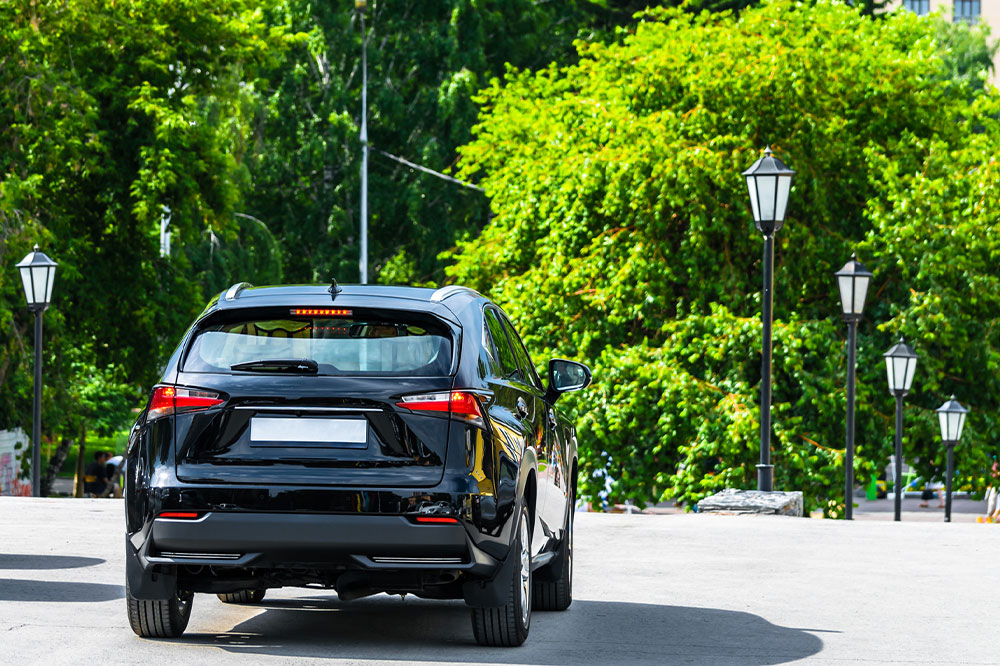Comprehensive Analysis of Premium SUVs: Benefits and Drawbacks
Explore the comprehensive benefits and drawbacks of premium SUVs, including their luxurious features, performance capabilities, and challenges such as parking and high costs. Understand if a luxury SUV fits your lifestyle and budget before making a purchase decision.
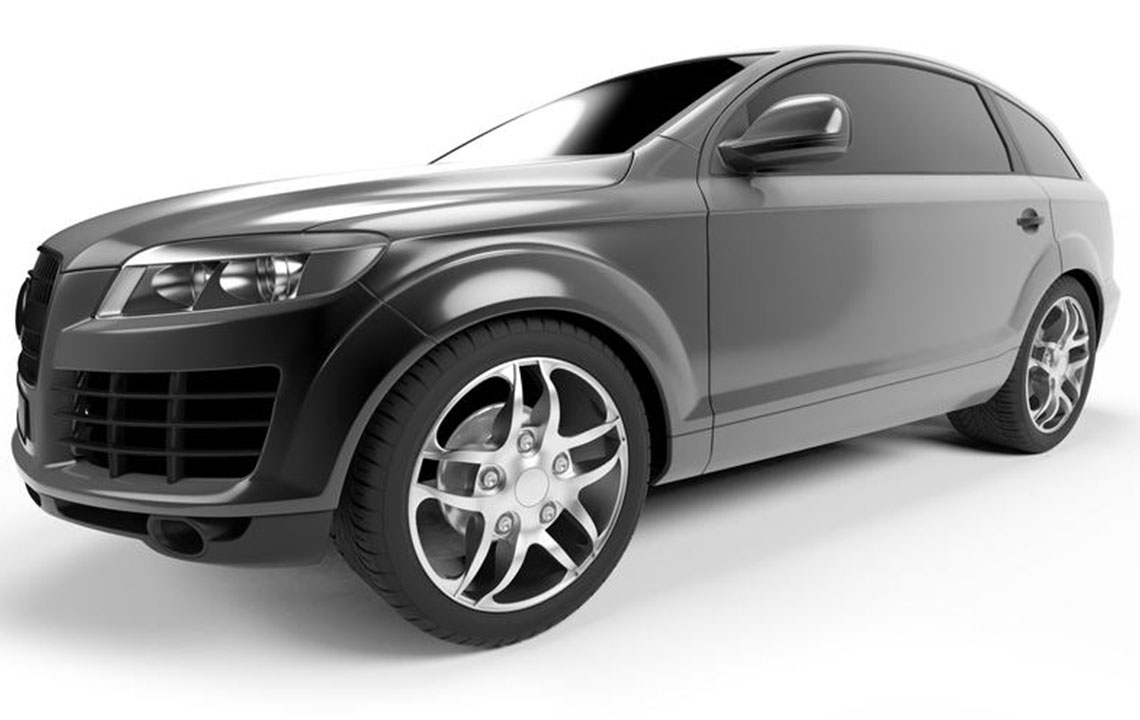
Comprehensive Analysis of Premium SUVs: Benefits and Drawbacks
Sport Utility Vehicles, commonly known as SUVs, have gained immense popularity among vehicle enthusiasts and daily drivers alike. These spacious automobiles are designed to comfortably accommodate 5 to 7 passengers, making them an excellent choice for families, adventure seekers, and those who require versatile transportation. The popularity of SUVs can be attributed to their impressive size, elevated driving position, excellent visibility, and remarkable stability on the road. Over the years, the development of luxury SUVs has elevated the category, incorporating advanced technological features, superior comfort, and impressive performance specifications.
Luxury SUVs represent the pinnacle of vehicle sophistication, merging practicality with opulence. These vehicles are characterized by a suite of high-end features, including integrated GPS navigation systems for seamless route planning, compatibility with smartphone connectivity platforms like Android Auto and Apple CarPlay, and premium sound systems that provide an exhilarating audio experience. The interiors of these vehicles are often adorned with luxurious materials such as fine leather upholstery, sophisticated wood and carbon fiber accents, and customized lighting options that create a premium ambiance for drivers and passengers alike.
Owning a luxury SUV not only grants prestige but also offers a sense of pride and confidence to owners. These vehicles are engineered for superior driving comfort, providing spacious seating arrangements that ensure comfort during long journeys. Many premium SUVs feature three-row seating configurations, capable of accommodating up to 8 occupants comfortably. Additionally, the interior design ensures ample headroom and legroom for all passengers, enhancing the overall travel experience even on extended drives.
The performance capabilities of luxury SUVs are equally impressive. Many models are equipped with turbocharged engines capable of generating over 600 horsepower, complemented by substantial torque outputs that ensure quick acceleration and smooth handling. The automatic transmissions in these vehicles are engineered for efficiency and responsiveness, providing a seamless driving experience. Furthermore, advanced safety features such as adaptive cruise control, multiple airbags, crash-resistant doors, electronic stability control, and anti-lock braking systems contribute significantly to driver and passenger safety, making these vehicles some of the most secure options on the road.
Despite their numerous advantages, luxury SUVs come with certain challenges and disadvantages that prospective buyers should consider. Due to their large size, parking in crowded urban environments can be a significant challenge. Finding suitable parking spaces may require extra planning or reliance on parking assist features. Additionally, maneuvering such sizable vehicles in tight spots can be difficult, especially for novice drivers. The cost factor is another critical consideration—premium SUVs are typically priced significantly higher than standard models, which can limit accessibility for many potential buyers. The maintenance and repair costs for these vehicles tend to be higher as well, owing to their advanced features and sophisticated engineering. Insurance premiums can also be elevated, reflecting the vehicle's value and associated risks.
Another consideration is the depreciation rate of luxury SUVs. These vehicles tend to depreciate faster compared to more economical or standard models, leading to lower resale values over time. Despite their high initial purchase price, owners might face substantial financial considerations when upgrading or selling their vehicles in the future. Therefore, potential buyers should weigh the aesthetic and performance benefits against the long-term financial commitments associated with luxury SUVs.
In conclusion, premium SUVs offer a blend of luxury, performance, and versatility that appeals to many drivers. They excel in providing comfort, advanced technological features, and a commanding road presence. However, these benefits come with caveats including high costs, maintenance, and operational challenges in urban settings. By carefully weighing these advantages and disadvantages, prospective buyers can determine whether a luxury SUV aligns with their lifestyle, budget, and driving needs, ensuring a satisfying ownership experience.

